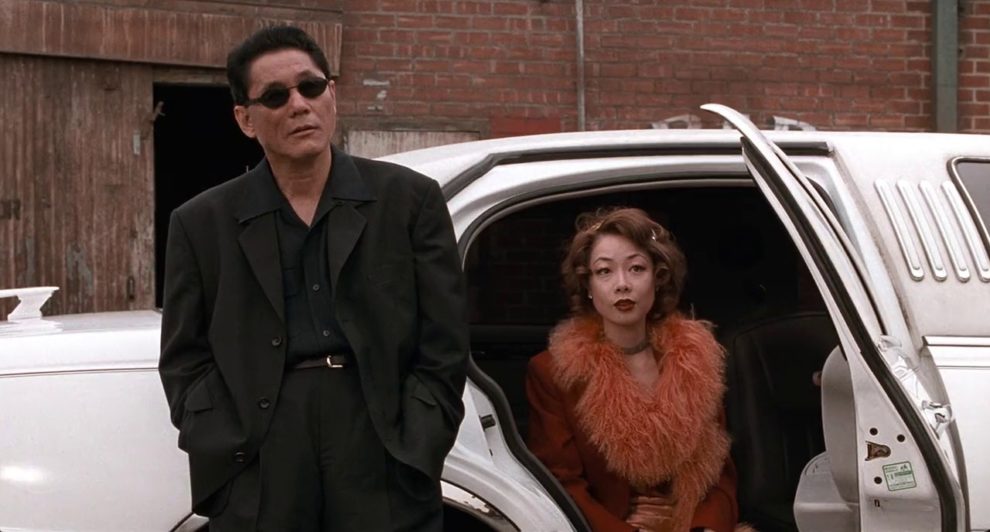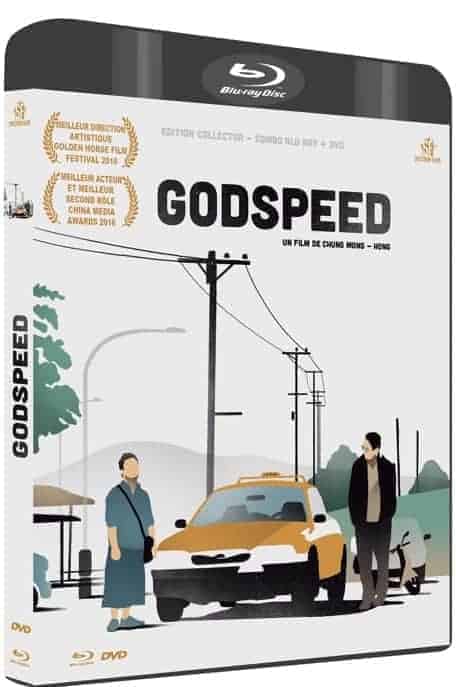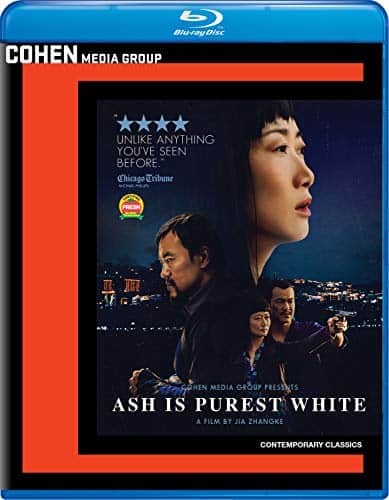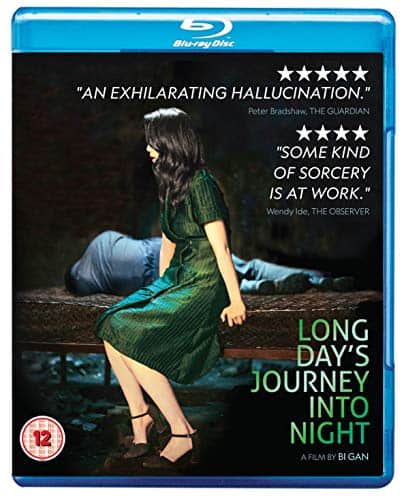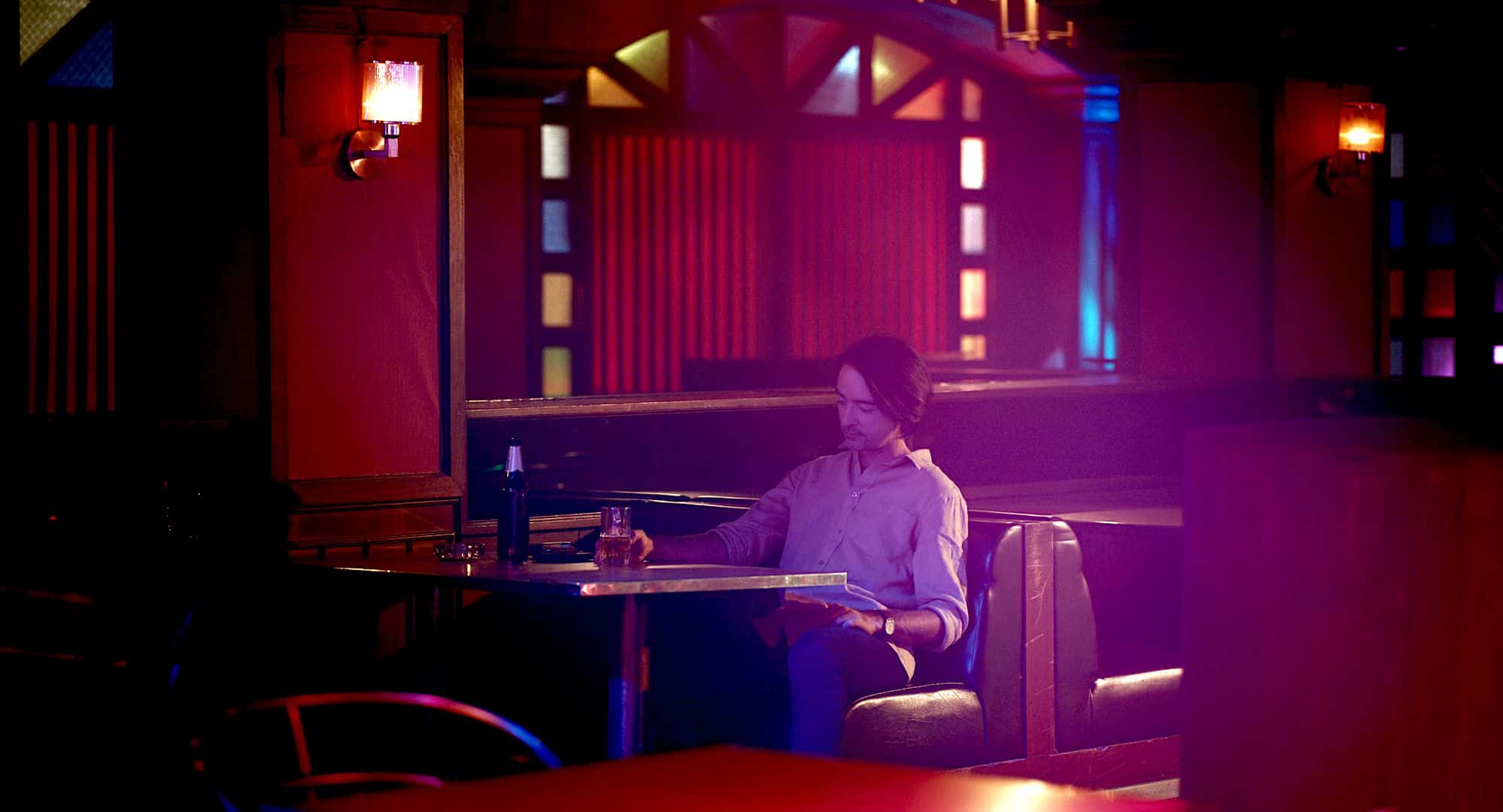The crime film is not exactly one known for its art-house aesthetics, as the frantic pace, the intense use of music, and the occasionally extreme violence are almost always, the traits that characterize the category. However, occasionally, and even more frequently during the latest years, we have seen a number of films that despite focusing on criminals and the whole concept of crime, implement mostly artistic aesthetics, with the focus being on them as much as on the story and characters, while the pace is most certainly slow. The quality, however, is by no means lower, as the titles we have winnowed here eloquently highlight.
Without further ado, here are 10 (and one more) great samples, in chronological order:
10. Breathless (Yang Ik-june, 2008, South Korea)
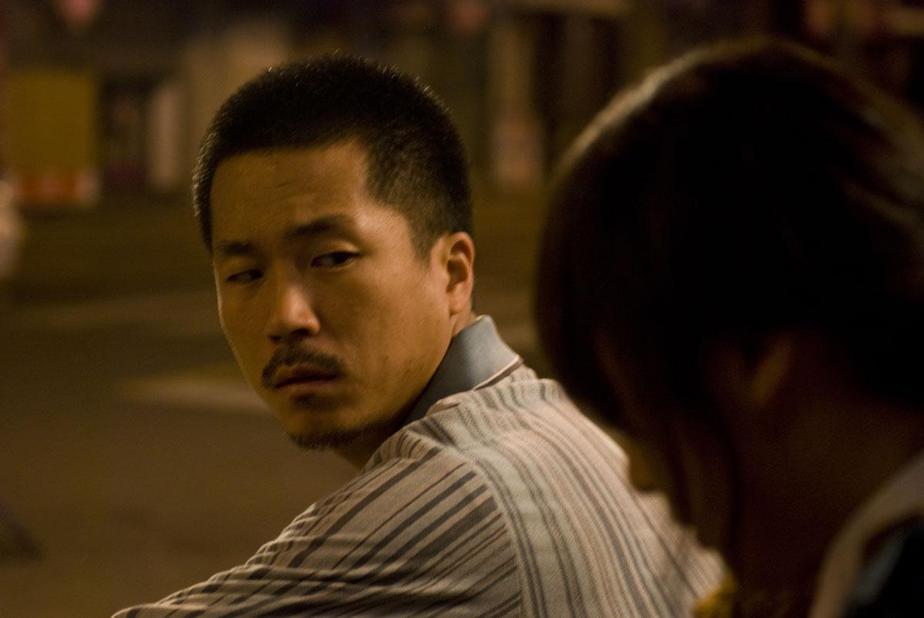
The circle of violence started by domestic violence is the prominent focus of the film with nearly all of the characters going through such experiences. Sang-hoon's abuse during his childhood leads him to be abusive to anyone and everyone, including towards his father at the end. Han Yeon-hee's abusive household, which makes herself abusive and her brother seeking more violent measures. The domestic abuse Sang-hoon's sister has gone through in her marriage, etc, points to the evil that can be brought out from such acts. (Jithin Mohan)
Buy This Title
9. Black Coal, Thin Ice (Diao Yinan, 2014, China)
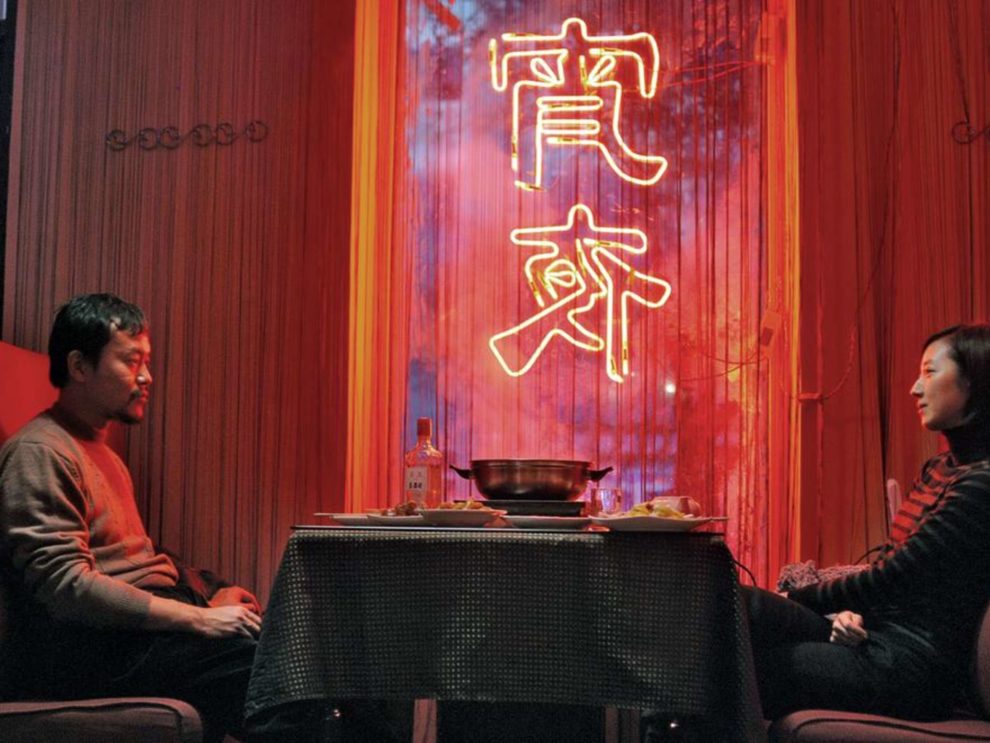
The main point, however, is the downward spiral of Zhang, and particularly the way trauma, and essentially the past affects people. Although Zhang is the main source, this comment actually extends to both Wu and the key man who is eventually revealed through a rather impactful twist, which keeps getting more intricate as the story unfolds. Consequently, Diao Yinan also deals with the duality of human nature, as all the protagonists of the story are both victims and perpetrators, on occasion. Particularly the way Wu's duality is highlighted is excellent, since she is repeatedly presented as the victim of the men around her, until she is revealed as something completely different. At the same time, this last comment also moves towards distinct pessimism, with the fates of everyone involved in the movie in essence, being rather dramatic, and frequently not due to their action but due to others' and their own inherent nature. (Panos Kotzathanasis)
Buy This Title
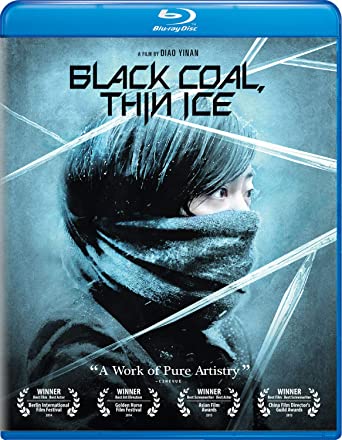
8. Mr. Six (Guan Hu, 2015, China)
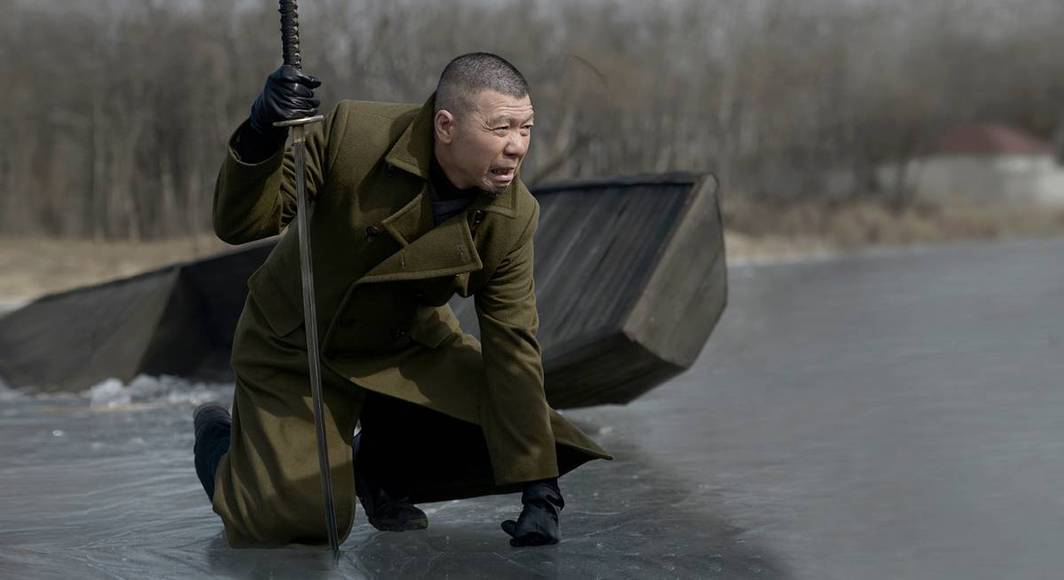
Hu Guan could easily shoot an action film that focuses on the battles between the old and new criminals; however, he decided to direct the film toward Mr. Six's character and focus on realism, particular through two axes: His relationship with his estranged son, and the realization that the world has changed significantly, outside of his microcosm. At the same time, some secondary social comments deal with male friendship, the difference of values between the previous and the current generation, and the place of women in society. (Panos Kotzathanasis)

7. Godspeed (Chung Mong-hong, 2016, Taiwan)

In many ways, Chung's Taiwanese gangsters are direct opposites to their American counterparts. They roam around the margin of the city or the countryside. It seems like they don't live in the city. Even if they do, they definitely don't enjoy the city life too much. Contrast to the claustrophobic framing of the gangster films from the Classical Hollywood era, for instance, at the end of “White Heat”, where Cagney is blocked by the complex industrial architecture, Chung constantly reminds the audience of the expansiveness of the Taiwanese landscape. He constantly uses aerial and wide angle shot to capture the landscape in full. Instead of being portrayed as larger-than-life characters, the main characters are often tiny spots in the frame. (I-Lin Liu)
Buy This Title
6. The Looming Storm (Dong Yue, 2017, China)

he thriller elements of the story are indeed a slow-burner, developing slowly alongside the character developments. Several scenes will have you on the edge of your seat, most notably a thrilling chase sequence on foot involving Yu, Xiao Liu and a possible suspect through the massive ageing metal skeleton of the factory, through old machines lying unused in ruins and eventually into a rail yard filled with parked goods carriages. Though the story never quite reaches the boiling point it promises to, it manages to reach a conclusion that is sure to divide people. (Rhythm Zaveri)
5. Ash is Purest White (Jia Zhangke, 2018, China)
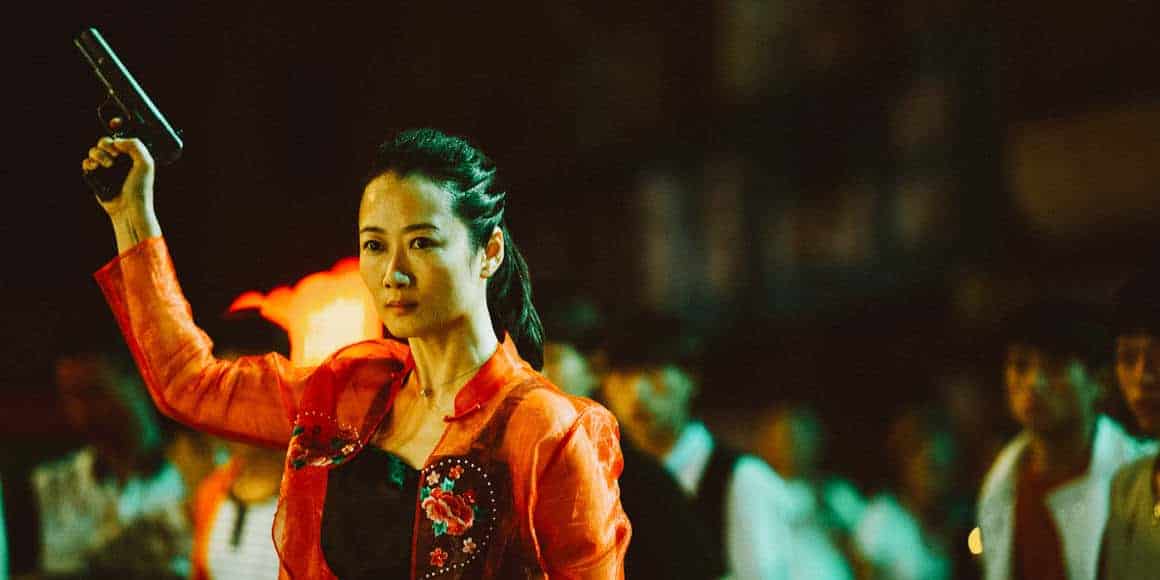
Much like “Mountains May Depart,” Jia Zhangke directs a movie in three parts with his muse and wife Tao Zhao as the main protagonist. This time though, the three parts are quite different in style, since the first unfolds as a genre/crime film, the second as a comedy/drama/road movie, and the last one as a genuine drama, with the pace declining with each segment, from rather fast in the first, to quite slow-burning in the last. (Panos Kotzathanasis)
Buy This Title
4. Long Day's Journey into the Night (Bi Gan, 2018, China)
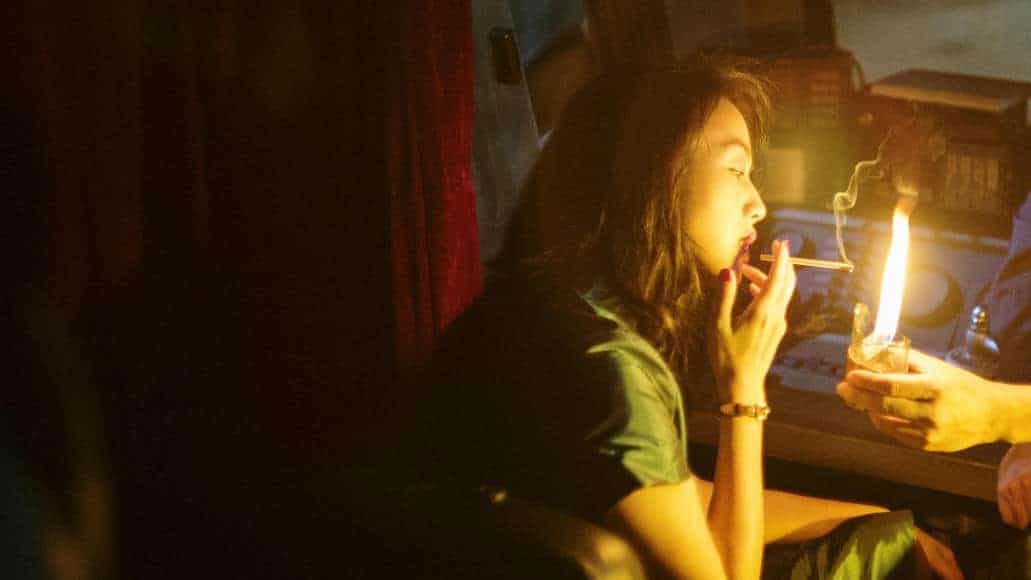
Winner for Best Cinematography, Film Score and Sound Effects at the 55th Golden Horse Awards, and a spawn of much controversy, “Kaili Blues” director Bi Gan's second feature film is definitely a treat for the eyes, although the noir/crime package that surrounded its release is actually a “pretense” for an art-house, quite abstract work, that seems as the logical next step after his debut. Furthermore, the rather big budget allowed the director to cast actresses like Tang Wei and Sylvia Chang along with a rather experienced crew, and to present an almost hour long, one shot in 3D. (Panos Kotzathanasis)
Buy This Title
3. The Wild Goose Lake (Diao Yinan, 2019, China)
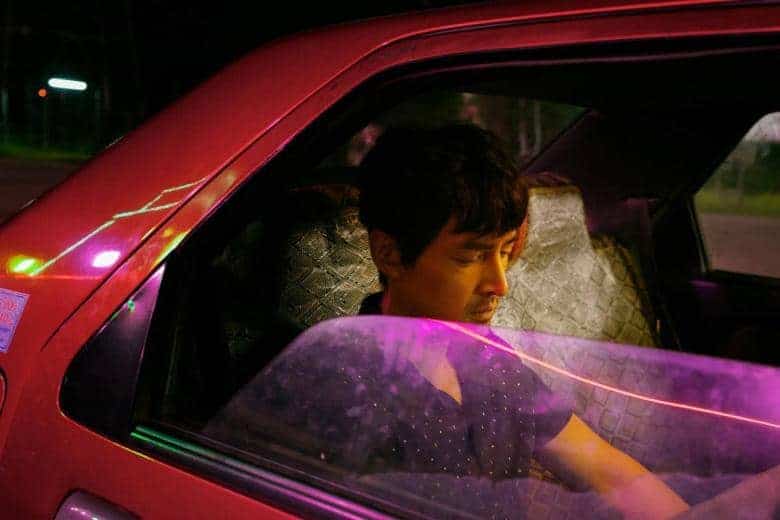
Although the plot takes place in an imaginary town called “Wild Goose Lake”, the core of the film relates to real circumstances. Police presence and surveillance create a constant atmosphere of paranoia. The action scenes are cold-blooded and among the best I've seen out of Asia this year. Diao Yinan puts his characters into a labyrinth of raw violence in front of an all too familiar tableau of neon lights representing the shady vibe of a second-tier urban area. (Alexander Knoth)
Buy This Title
2. Fanfare (Lee Don-ku, 2019, South Korea)
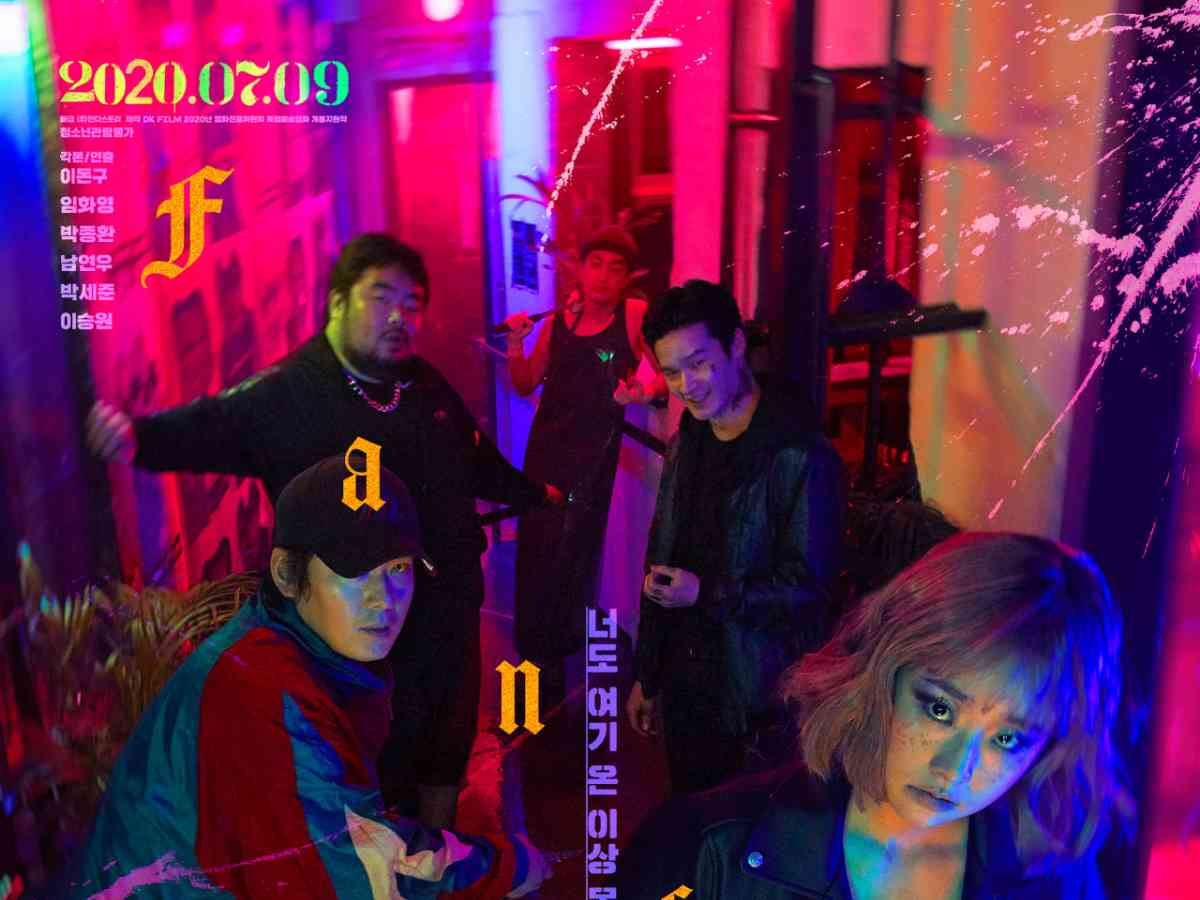
“Fanfare”, with a few minor exceptions, takes place exclusively in the interior of the bar, adding a sense of claustrophobia and tension from the very first minute. The dim lighting and the use of close-ups further highlights this atmosphere, building up to a violent climax, when all of a sudden violence erupts and the masks come off. Additionally, the colorful, odd and at times quite mysterious characters add to the tone of the narrative, making it even more interesting for the audience to follow the action unfold. Lee Don-ku's script describes his story, how it develops and the petty quarrels of his characters, presenting it with well-balanced mixture of suspense and gallows humor. (Rouven Lin)
1. Joint (Oudai Kojima, 2020, Japan)

Oudai Kojima retains some of the trademarks of the yakuza film, namely the male bonding and the value of brotherhood, the difficulty of escaping the crime world, the almost complete lack of female characters, and the clash between the old and the new members. However, these are the only similarities with traditional yakuza movies, since Kojima moves into a whole new other direction, that is permeated by a rather imposing realism. In that regard, the ways organized crime has penetrated the technology sector, with the drugs and gambling giving their place to smartphones and data, is quite revealing. (Panos Kotzathanasis)
+1. Brother (Takeshi Kitano, 2000, Japan)

On the surface, you might easily come to the same conclusion as many other fans of the director/actor, which is that “Brother” feels like a “Best of Kitano”. From the looks of the gangsters, the outbursts of violence as well as the subliminal themes of death and nihilism, there is a lot in his ninth feature that has already been presented in his previous features, which have been mentioned already. However, this approach ignores the shift in tone in “Brother”, a feature marking an important incision in Kitano's work, which would, until the start of the “Outrage”-series, leave the much treaded ground of the yakuza-genre. In many ways, “Brother” may also be regarded as a logical next step to “Sonatine” considering it is much more pessimistic and darker, a companion piece perhaps.


